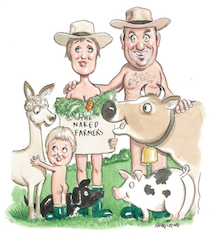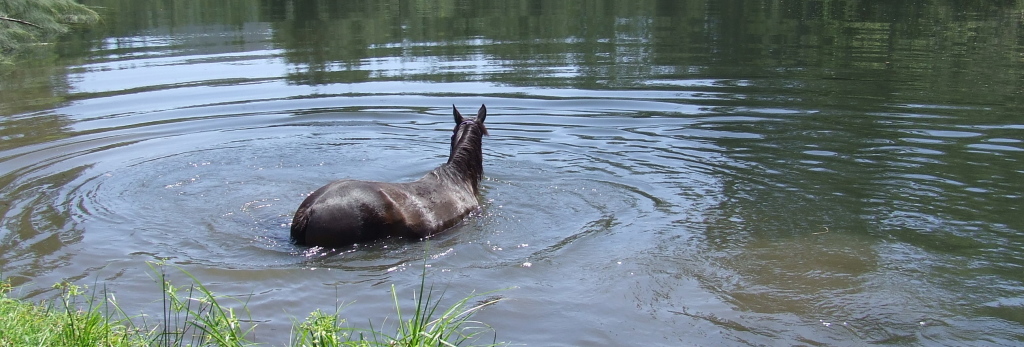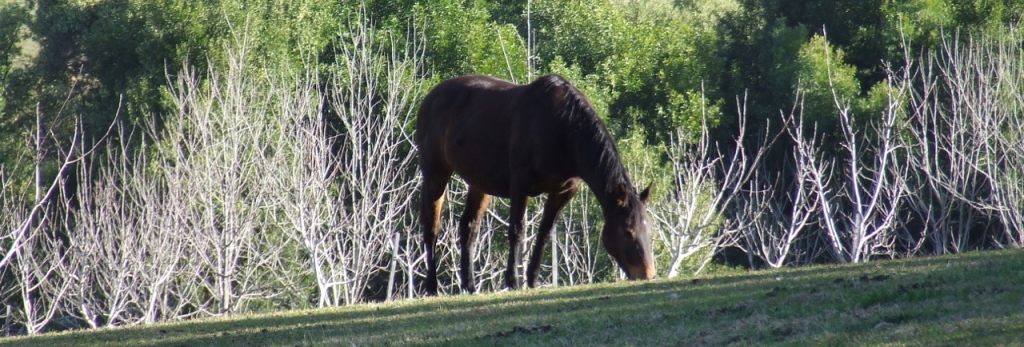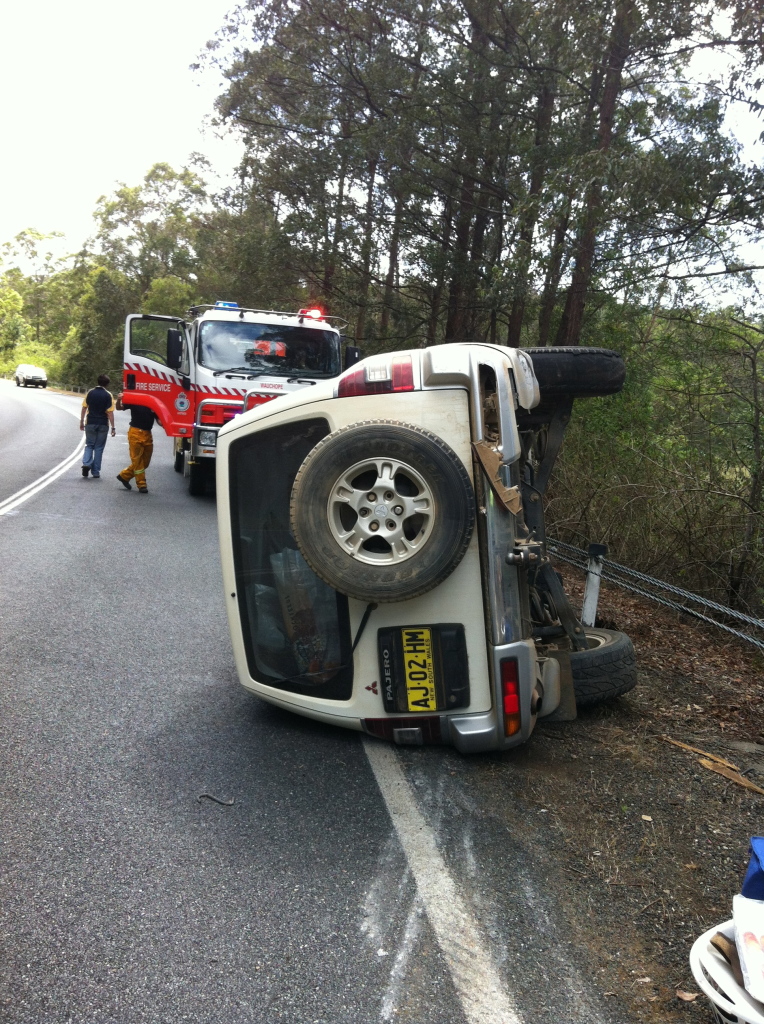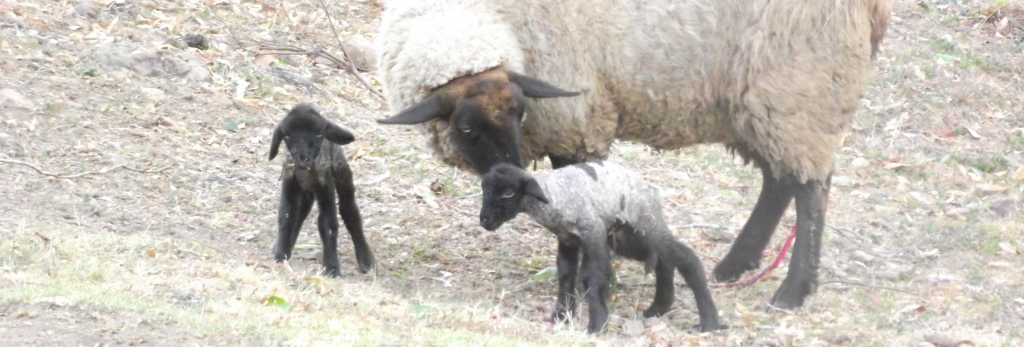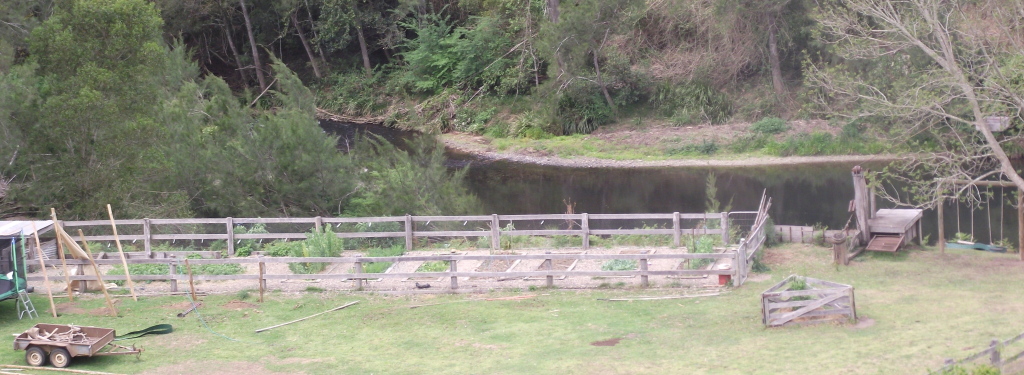http://www.abc.net.au/unleashed/4461246.html
Burning off has proven unpopular with land owners fearing legal repercussions and politicians unwilling to make tough decisions, writes Sophie Love. Expect to see more devastating fires as a result.
How many more Australians have to die, how many more homes have to be lost before the Federal Government acts to implement strategies to protect Australians and their properties?
Australia is getting hotter, more populous and disconnected from the realities of life on the land here. Prescribed burning, or burning-off, is a crucial land management tool which stimulates germination and rejuvenates the landscape.
But vast tracts of crown land, as well as small properties abutting native bush, are rarely burnt off. In most states, less than 2 per cent of forested crown lands have prescribed burns.
Where I live, we have had five years of above average rainfall and the load on the ground is phenomenal.
We have to find the balance between generations of Aussie farmers who burn off indiscriminately every year (thus producing more carbon, depleting soil hummus and causing further soil salinity), and the well-meaning so-called tree huggers who think all flora and fauna will die in a burn off. (NB: Some of the finest environmentalists I know are farmers, and I often hug trees!)
Naturally occurring compost from trees and vegetation, which grows vigorously in spring and summer and then dies back and falls to the ground in autumn and winter, is necessary for healthy soil. Well covered soil absorbs and retains water, and dead and hollow trees and limbs provide homes for parrots, possums, and bats. Ground dwellers protect themselves with fallen leaves and tree debris. But a contained burn on a cool winter day can be controlled far more easily than a raging rangeland fire on a 40-plus degree day, fanned by summer southerlies.
A cool or controlled burn is manageable and the wildlife can escape. I’ve seen singed possums scamper ahead and find a fresh tree to climb. A cool burn doesn’t burn high into the foliage of the trees like a summer scorcher. Those are the fires that kill, and which we have to prevent.
But burning off has become such a contentious subject. I know farmers in places like Kangaroo Valley who burned off for generations, but for 10 years or more have been too scared to burn, fearing legal repercussions from neighbouring newbie landholders in case a fire ‘gets away’. Such legal action has been taken in other jurisdictions. But if there was a fire in a bowl like Kangaroo Valley now, how would anyone get away? Who takes the ultimate responsibility for land and bush management in Australia? Who decides what needs to be burnt and when so that we no longer have to witness these horrifying scenes on our televisions?
When a neighbour doesn’t burn on their property, it puts us at risk. On days like today I am scared of what might happen if the current fire just five kilometres from us keeps going. It’s happened before. It’s jumped the river and it’s raged through this valley, and that’s why last winter, when all the forecasters were predicting a hot dry spring, we burnt off.
Some people around here think we are weird because we don’t do it every year. As the current caretakers of this oasis, we prefer to feed the soil by slashing grasses and allowing them to decay and compost.
But we have a four year-old as well as animals that we love, and a 100-year-old timber farm house. We won’t risk it or live in fear or have to spend a day like today fighting for our lives and livelihood. So we burn when it is obvious that that is the smart and safe thing to do. The animals come back, the grasses recover and some seeds, like banksia, need the heat of fire in order to germinate.
So who takes responsibility for burning off the travelling stock reserves, the state forests, the national parks and the council-owned lantana-choked verges? Who gets the power to safeguard Australia from the very real and present threat of fire?
We have had a Royal Commission into the Victorian bushfires of 2009, and yet only four years later we are facing a firewall across the Tasman. When are Australians going to stop being so damned provincial and demand federal legislation with sweeping powers across all states and territories?
Of course, we all face different climates and country, but the very real threat of fire unites us all. It’s no good just recommending how to escape from bush fire and building houses to try to withstand them. We need to prevent them by burning off responsibly, regularly, and safely.
Someone has to protect the landscape, and its inhabitants, both animal and human. We need a federal fire service that actively polices both private and public land and prosecutes those who don’t burn off; charges money to provide a controlled burn off service; and executes cool weather burns in order to keep us all safe. Clearly we can’t rely on state and territory government-controlled fire, parks and wildlife and environment agencies to make these tough, often unpopular, decisions to burn off public spaces.
The Bushfire CRC has started to bring bushfire agencies together to share and learn from research. But it is obviously not enough or we would not have witnessed this week’s devastation. We must fund a federal initiative to actively manage fire risk by reducing flammable load.
Please, let not one more home or life be lost. Let not one more royal commission fail us. We need a bipartisan, practical and grounded future to protect us from fires, and must commit to a program of responsible, strategic, and controlled burns across Australia.
